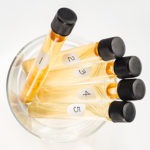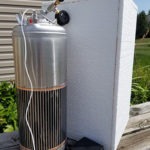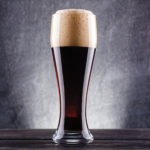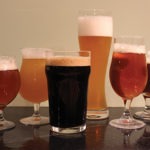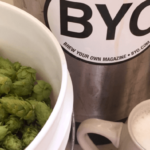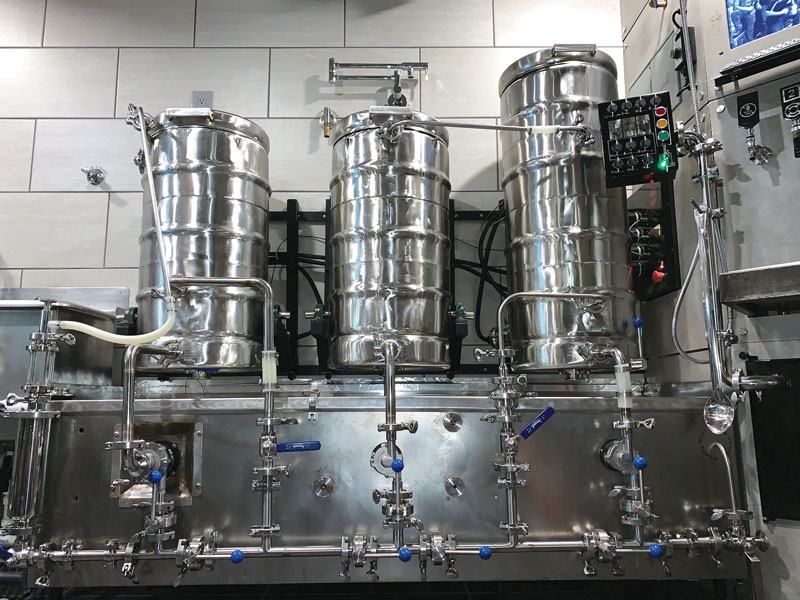Articles
Quality Control Worksheet
Amy Todd from Zymology Labs based in Burlington, Vermont was kind enough to share her Planning & Starting Up a Quality Control Program for breweries large and small, with Brew Your Own
Fermenter Addition Basics
. . . luckily for us, alcohol is lethally toxic to the vast majority of microorganisms found in our world.
The Little Things: What Separates the Best from the Rest
What’s your secret?” It’s a question we get asked all the time and even more often since winning the National Homebrew Competition’s Ninkasi Award in 2017. But even before that, when we
Experiment with Yeast
In the beginning, fermentation was a mystery. We now know that the conversion of fermentable carbohydrates into ethanol and carbon dioxide is accomplished by Saccharomyces cerevisiae (or Saccharomyces pastorianus if we’re talking
Forced Carbing: Don’t take this ingredient for granted
Carbon dioxide can sometimes be the least of homebrewers’ worries, but maybe it shouldn’t be that way. Dive in deep to learn many factors that can affect carbonation levels in your beer, how it can vary from place-to-place and beer-to-beer, and why you may want to filter your CO2.
The Lacto Lounge
Kettle souring has become very popular because of the time savings and lower risk of contaminating the brewery compared to other souring techniques. However, the process comes with its own cons too. This DIY “kettle” souring keg solves for those problems.
The Mysteries of Dark Lagers
Explore the mysterious history of dark lagers; from when they were dark unintentionally to purposely, and the rise of bottom-fermented beers in Bavaria. Plus: 6 dark lager recipes.
Hop Creep Explained, Backsweetening, and Maximizing Malt Freshness
The term “hop creep” is not to be confused with lupulin shift. The Wiz provides the current understanding of hop creep as well as how to maximize certain flavor components of beer.
Beer to Glass
Sure, good ingredients and sound brewing techniques are likely the most important factors to create a great beer. But if that beer is served in an improper glass, it will not meet its full potential. Here’s why glassware matters, and which to consider for each style.
American Blonde Ale
It’s true that some gentlemen prefer blondes, and lots of homebrewers do, too. Brush up on the methods for making easy-drinking American blonde ales.
Lawnmower Beer Recipes
When you’ve just weed-whacked the back forty, you need a beer that tastes great and quenches your thirst. Recipes and step-by-step instructions for light, dry, balanced summer beers that finish clean.
The Beer That Drinks Like a Wine
Fresh off his latest book Brewing Barley Wines: Origins, History, and Making Them at Home Today, Terry Foster shares the keys and five different approaches to brewing a great barleywine at home.



